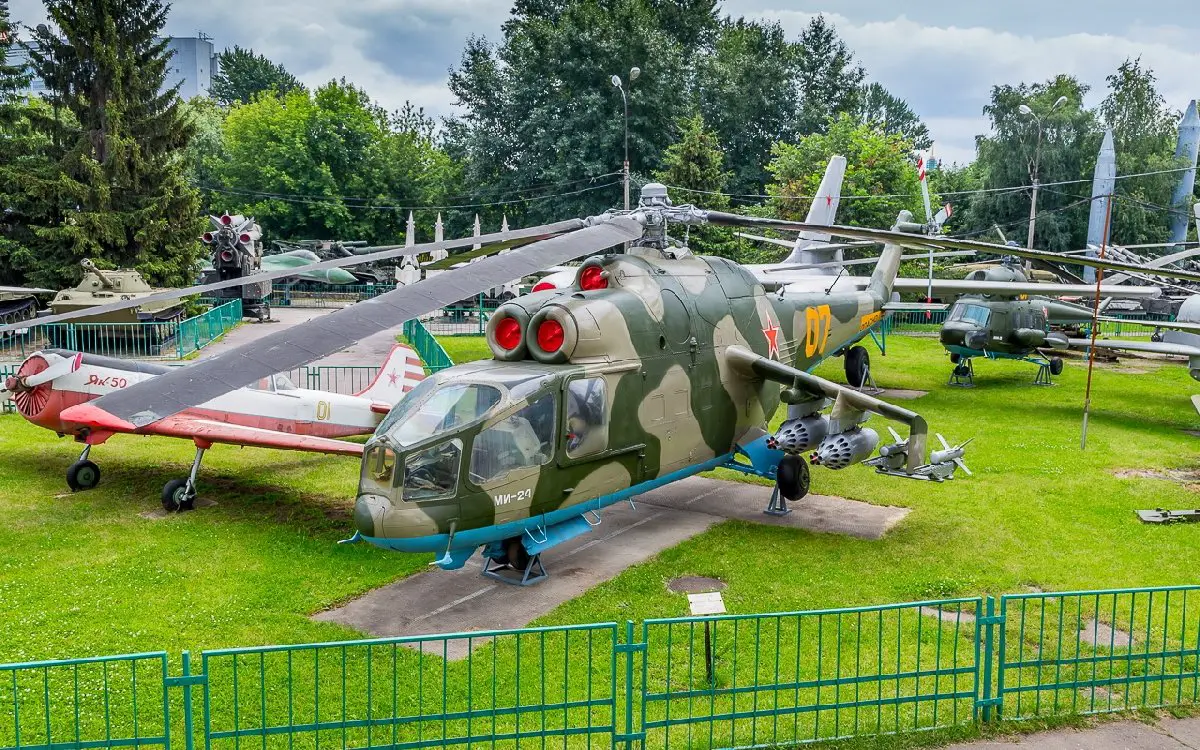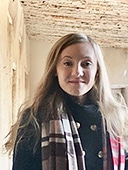The Central Armed Forces Museum (formerly known as the Museum of the Soviet Army) is an extensive collection of artifacts and exhibits narrating Russia’s military history, from tsarist times, though the Soviet Union, to the present day.
Displays cover everything from the 1905 war with Japan to the revolution and the formation of the Red Army. WWII is given a large focus, but you’ll also find exhibits on Vietnam, perestroika, and the recent South Ossetia conflict. Visitors will view everything from uniforms, weapons, and gear to art and culture related to the military and military conflicts as well as actual tanks and fighter jets.
The History of the Central Armed Forces Museum
The museum has been able to accrue much of its collections and historical documentation in real time as it was founded in December 1919, directly following the October Revolution. Its history also followed the new government, passing between locations and government supervisory organs as the new state sought to coalesce and rebuild Moscow and Russia in a new image.
Founded on the orders of the Revolutionary Military Council of the Republic No. 2207, the museum was originally named in honor of and created to promote the Workers’ and Peasants’ Red Army. Its first exhibition, “Life of the Red Army and Navy,” premiered in 1920 inside of what is now the GUM department store on Red Square. It highlighted an array of military equipment.
In 1921, the museum was renamed for the Red Army and Navy and was moved to a requisitioned mansion on what is now Prechistenka Street under the jurisdiction of the Red Army Headquarters, a short distance from Park Kultury in Central Moscow. After the museum outgrew that space in 1924, it moved again, this time to the Military Academy on Vozdvizhenka Street, not far from the Kremlin, and to the supervision of the Military Academy of the Red Army.

In 1927 the Political Administration began managing the museum, and it was moved to the Central House of the Red Army, bordering Red Square, where permanent exhibitions detailing the 1905-17 revolutions, the Russian Civil War, and the consolidation of the Red Army were added.
During the 1940s, the museum was placed under the leadership of military commanders. The premises were partially evacuated under WWII, but were soon restored and greatly expanded with then-contemporary artifacts, including the 1945 Soviet Victory Banner which had been mounted on the Reichstag.
In 1957 plans started for the museum’s current, two-story building, specifically tailored to its extensive collections. Designed by architects Gaygarov Nikolai and Boris Barkhin, the building was completed on the Street of the Soviet Army near the Red Army Theater in 1965. It is an imposing rectangular box which appears both heavy from the giant marble-like blocks and elegant from a series of gleaming column-like windows that run its length. The overall effect makes it look somewhat like brutalist reimagining of an ancient Greek temple.
Today, the museum remains in this space and has been augmented by materials detailing the Tsarist army. It is run directly by Russia’s Ministry of Defense.
The Experience of the Central Armed Forces Museum
The general layout of the museum consists of 24 exhibition rooms. Artistic influences in Russian military culture are interspersed throughout the exhibits.
The first three halls chronicle Russian army and naval history prior to 1917, presenting uniforms, weapons, and other objects from the time of the Russian Empire to the First World War, which is in hall three.
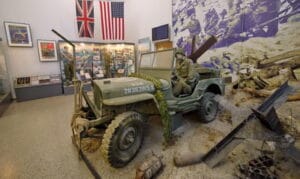
Hall numbers four through six detail the history of the Russian Civil War, focusing primarily on the Red Army but also displaying the personal effects of anti-Bolshevik leaders.
The Workers’ and Peasants’ Red Army and the Fleet Protecting the Security of the USSR exhibit as well as that narrating World War Two inhabit halls seven and eight, in which USSR leadership and the foreign assistance it received is displayed. The Soviet-Finnish War is also displayed in hall eight.
The museum’s main focus is WWII, which occupies ten halls detailing Soviet, German, and other historical artifacts like uniforms, documents, weapons, equipment, and more. Within this procession of rooms is the Victory Hall, describing Heroes of the Soviet Union and members of the Order of Glory as well as containing the Victory Banner.
The rooms nineteen through twenty-one describe the army’s history post-war, while the following two rooms chronicle the conception and evolution of the army of the Russian Federation. This includes two permanent exhibitions on perestroika. In recent years, exhibits on the conflicts in Vietnam, Korea, and South Ossetia have also been added, for example.
The final, twenty-forth room houses temporary exhibitions.
One of the museum’s main attractions, however, is a large open-air collection of 154 objects of artillery, missile, aerial, and armor technology. Most of these can be interacted with and some are even open, allowing visitors to enter fighter jets or tanks.
Collections of the Central Armed Forces Museum
The museum collections include objects donated by the Russian state and military as well as by private individuals. Included is an extensive collection of personal items such as Russian uniforms and equipment and the personal effects of notable Soviet military personages, as well as some of those of Nazi-era German officials.
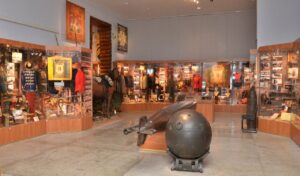
The museum possesses over a hundred thousand photographs and photo compilations depicting major Russian military involvements, Soviet and Russian Federation heroes, and other notable military personnel.
The banner collection of the museum is the only one of its kind in the world, and holds banners ranging from Russian revolutionary flags to those of the Russian Civil War and the Great Patriotic War and the latter’s victory celebrations.
The collection of Russian arms and equipment contains approximately fifteen thousand items including armor, arms, and communication devices. Small arms displays included those from the end of the seventeenth century to the present day, and foreign-made arms as well as domestically produced ones.
The insignia collection numbers more than one-hundred thousand military badges, awards, foreign military items captured as trophies, and medals as well as more mundane items such as banknotes. The museum’s collection of documents, too, is extensive, having formed in the 1920s and containing Soviet and Komsomol documents, historical letters and personal documents from Russian military personnel, and wartime leaflets. The museum says it works actively with researchers who peruse these documents.
The final collection of the museum includes Russian military-related art objects. The art collection includes about fifty-two thousand items from front-line, Grekov Studio of War Artists, collector, and anniversary exhibitions from 1920 onwards.
Visiting the Central Armed Forces Museum
Exhibitions are directed towards a wide range of visitors, with more traditional display exhibits as well as interactive quests, classes, and tours available.
Tours of the museum can be arranged for school groups, adult visitors, or specialized groups such as military visitors, historians, etc. Tours are usually an hour to an hour and a half, while a museum visit is about forty-five minutes.
The museum is only open until five on weekdays on seven on weekends. Last entry is a half hour before closing. The museum is also closed on Mondays and Tuesdays.
Tickets can cost just 150 rubles and can be purchased online or at the museum ticket office.
Most exhibits are in Russian only, so a guide or an English-language audio guide are recommended.
Most of the exhibitions present traditional object displays, but video presentations of museum research and active connection to the Russian military provide additional experiences. Special events are often held to help visitors celebrate military holidays.
Above: A video tour of the Central Armed Forces Museum in Moscow. It’s in Russian, but even if you don’t speak Russian, it still gives you a good idea of the interior and exhibitions at the museum!
The Rhetoric of the Central Armed Forces Museum
As an entity having been continuously under the jurisdiction of the Russian military and state, the museum devotes its focus primarily to the technological prowess and heroism of its military and those that serve in it. There is a significant emphasis on exhibits featuring Russian victory over enemies and explicit mention of patriotism as being tied directly to Russia’s military history and development. The narrative thus continues the museum’s original and historical purpose of promotion of the Russian military and guides visitors through history as a process of Russian technological and national evolution.
You Might Also Like
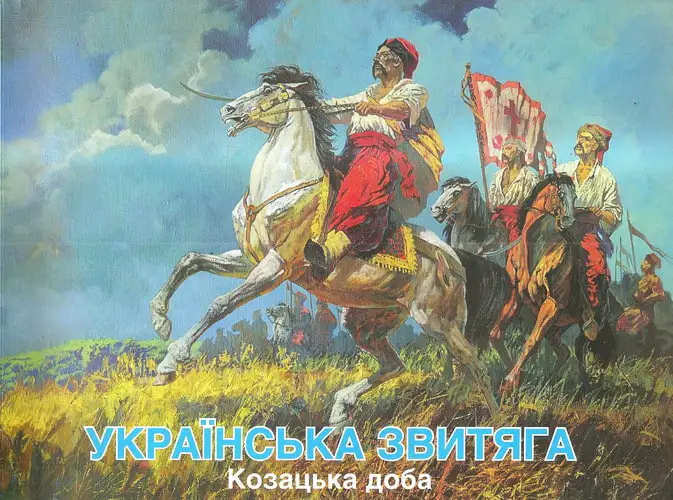
Central Museum of the Armed Forces of Ukraine in Kyiv
Central Museum of the Armed Forces of Ukraine/ Центральный Музей Вооруженных Сил Украины in Kyiv 31 Grushevskogo Street/31 Грушевского Улица 10:00 – 18:00 daily (closed on Mondays) 10 hryvnias The grandly named Центральный Музей Вооруженных Сил Украины, or Central Museum of the Armed Forces of Ukraine, offers visitors an engaging and comprehensive trip through the […]
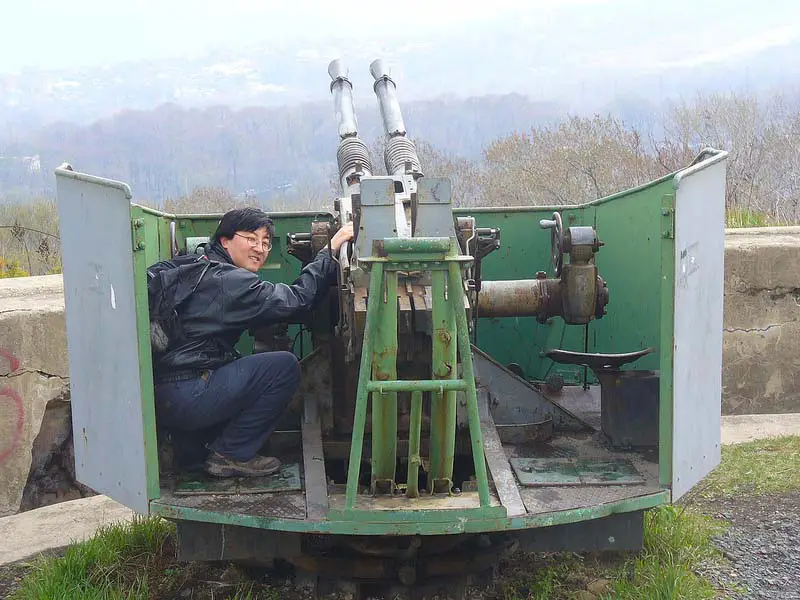
Vladivostok Fortresses and Tunnels
Russia only acquired Primorsky Krai, the region that contains Vladivostok, in the 19th century. China, the Mongol Empire and the Balhae and Jurchen nations had all controlled the area around Vladivostok before Russia gained it through the Treaty of Aigun with China in 1858. Vladivostok was founded primarily as a Russian military post rather than […]
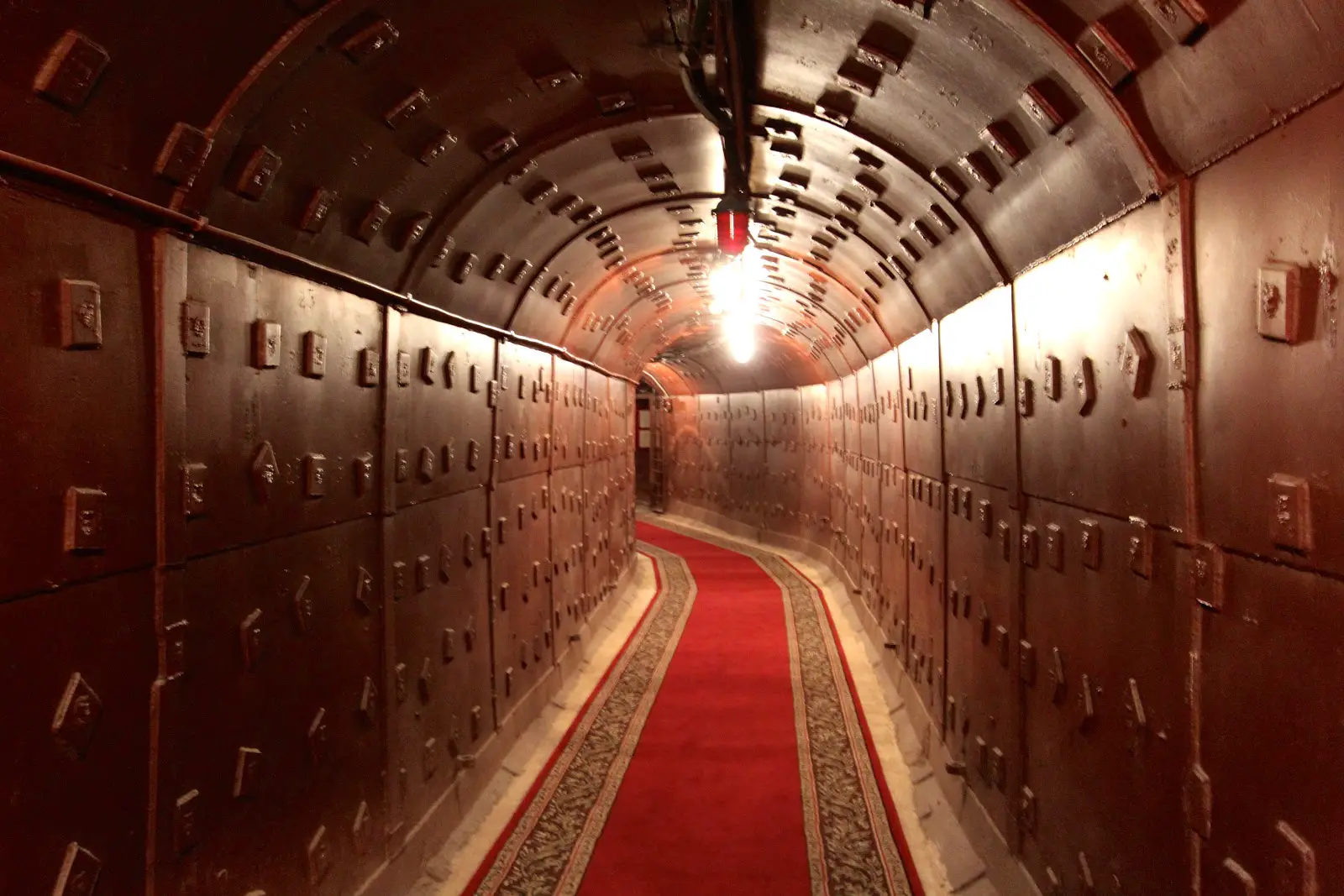
Bunker 42 in Moscow – The Nuclear Threat Experience
Situated sixty-five meters (more than 200 feet) below Moscow’s streets is Bunker 42, also known as “The Secure Command Post ‘Taganskaya,’” a former secret military command center and bomb shelter. Constructed in the 1950s during the height of the Cold War, it was built to serve as an air-defense communication center in the event of […]
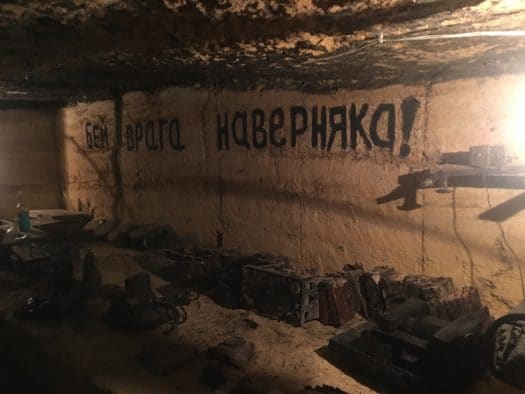
Museum of Partisan Glory in Odessa, Ukraine
Tour of the Odessa Catacombs Travel and excursion included in PCON program, Fall 2017 When I found out that our class was planning a trip to Odessa, Ukraine, I instantly pictured gorgeous architecture, quaint streets, and relaxing beaches. While Odessa possesses all of these characteristics, there were two other factors that drew my attention the […]

Polish Army Museum
Muzeum Wojska Polskiego (Polish Army Museum) Aleje Jerozolimskie 3 Ticket Prices: Normal- 15 PLN Reduced- 8 PLN Saturdays- Free Admission Website Warsaw is especially associated with its place in the Second World War, and coming to Poland, I was already aware of that specific era in Poland history. However, I was curious about the other […]


